Performing Arts

An Introduction to the Phenomenology of Performance Art
This original and unique new book takes an integrated approach to interrogating the experience and location of the self/s within the context of performance art practice. In its framing and execution of practical exercises and focused snapshots of internationally recognized performance practice Bacon situates their argument within the boundaries of specialism in the critical curation of performance art praxis as well as contemporary phenomenological scholarship.
Introducing the study and application of performance art through phenomenology for radical artists educators and practitioner-researchers; this exciting new book invites readers to take part explore contemporary performance art and activate their own practices.
Applying a queer phenomenology to unpack the importance of a multiplicity of Self/s the book guides readers to be academically rigorous when capturing embodied experiences featuring exercises to activate their practices and clear introductory definitions to key phenomenological terms. Includes interviews and insights from some of the best examples of transgressive performance art practice of this century help to help unpack the application of phenomenology as Bacon calls for a queer reimagining of Heidegger’s ‘The Origin of the Work of Art.’
This is an important contribution to the field and will be welcomed by performance artists and academics interested in performance. It may also appeal to those teaching concepts of phenomenology.
It will be relevant to students of performance as well as to artists audiences and museum goers. The approachable layout and clear authorial voice will add to the appeal for students early career researchers and mean that it has strong potential for inclusion in undergraduate and postgraduate syllabi within the field.
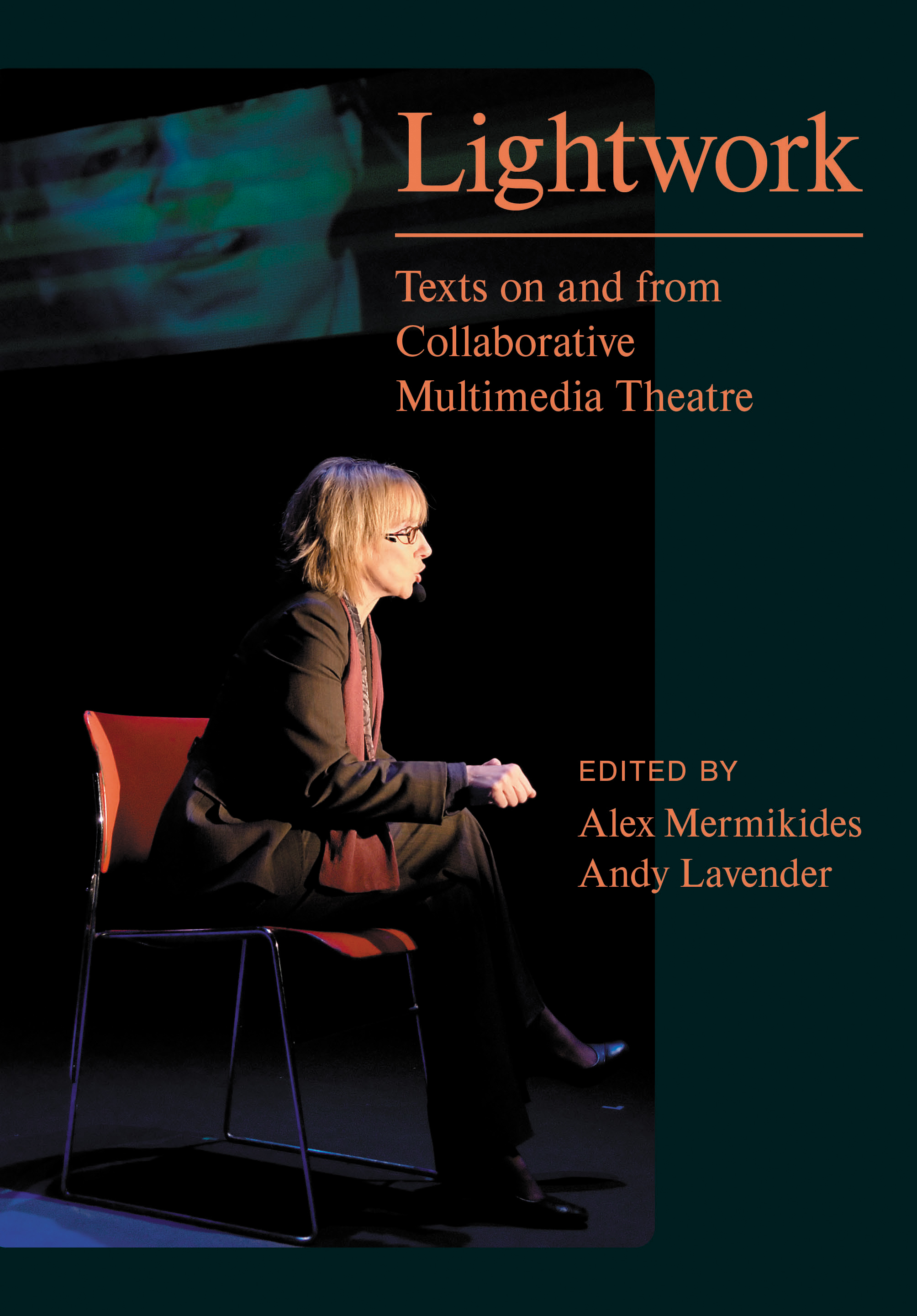
Lightwork
This volume brings together performance texts from nine productions by the experimental theatre company Lightwork and one playtext from Lightwork’s precursor company Academy Productions presented between 1997 and 2011.
Lightwork specialized in collaboratively created and multimedia performance. The company also experimented with several performance forms that emerged at the turn of the twenty-first century including verbatim and site-specific approaches. Because of this the texts cover a range of forms and formats – scripted plays such as Here’s What I Did With My Body One Day by Dan Rebellato and Blavatsky by Clare Bayley; multimedia adaptations of classical myths such as Back At You (based on the story of Echo and Narcissus) and Once I was Dead (based on the story of Daedalus and Icarus); site-specific experiments such as The Good Actor which took place in various spaces across Hoxton Hall a Victorian theatre in London’s East End; and the use of verbatim witness testimony from the Court of Bosnia and Herzegovina War Crimes section in Sarajevo Story.
The defining aspect of the Lightwork aesthetic is that multimedia and scenographic experimentation does not come at the expense of the mainstays of dramatic theatre: character story and emotional resonance. What lies at the heart of the Lightwork shows you will encounter here are human-scale stories: relationships between lovers or family members confrontations with the past (both as personal and as cultural history) and in many cases matters of life or death that entail wrestling with causality consequence and fate.
The twelve-year span covered by this work reflects a period in British performance practice when the interrelation of page and stage process and production text and ‘non-text’ were being radically rethought. In the collaborative and processual theatre making that Lightwork exemplifies the text may be one element among many and is more likely to be the outcome of the process than its precursor.
How do such playtexts (or performance texts) differ from those that are conceived and scripted by a single desk-based playwright in advance of the rehearsal? What gaps are left when the work of many hands is channelled through the pen (or keyboard) of one among them? The texts featured in this volume represent a number of answers to these questions about the nature of writing for the stage.
The performance texts are each preceded (and sometime followed) by short essays written by some of the many people who have been involved in productions by Lightwork including established academics and theatre practitioners: David Annen Clare Bayley Gregg Fisher Sarah Gorman Andy Lavender Aneta Mancewicz Bella Merlin Alex Mermikides Jo Parker Dan Rebellato and Ayse Tashkiran. Their contributions reflect the collaborative nature of the company and the respect that it accorded the various disciplinary perspectives that make up a theatre company.
There are sections on scenography sound design and technical operation as well as on those crafts that might more usually draw attention: directing writing and acting. These contributions offer an insight into the collaborative multi-layered and sometimes messy business of their creation from an individual maker’s or spectator’s point of view.
This book will be invaluable for those who are making studying or researching performance in the twenty-first century and an essential resource for the rehearsal room.
Primary readership will include researchers educators students and practitioners interested in creative practice theatre-making integrated design and performance and contemporary theatre.
It will be an important resource for those on theatre and performance courses at all levels as well as acting theatre and performance design dramaturgy and direction courses creative writing courses and media arts programmes.
It will have appeal for general readers interested in new texts and processes in theatre and performance and individual texts are likely to be of interest to specialist researchers working in related fields – for example performance and the occult (Blavatsky) performance and conflict (Sarajevo Story).
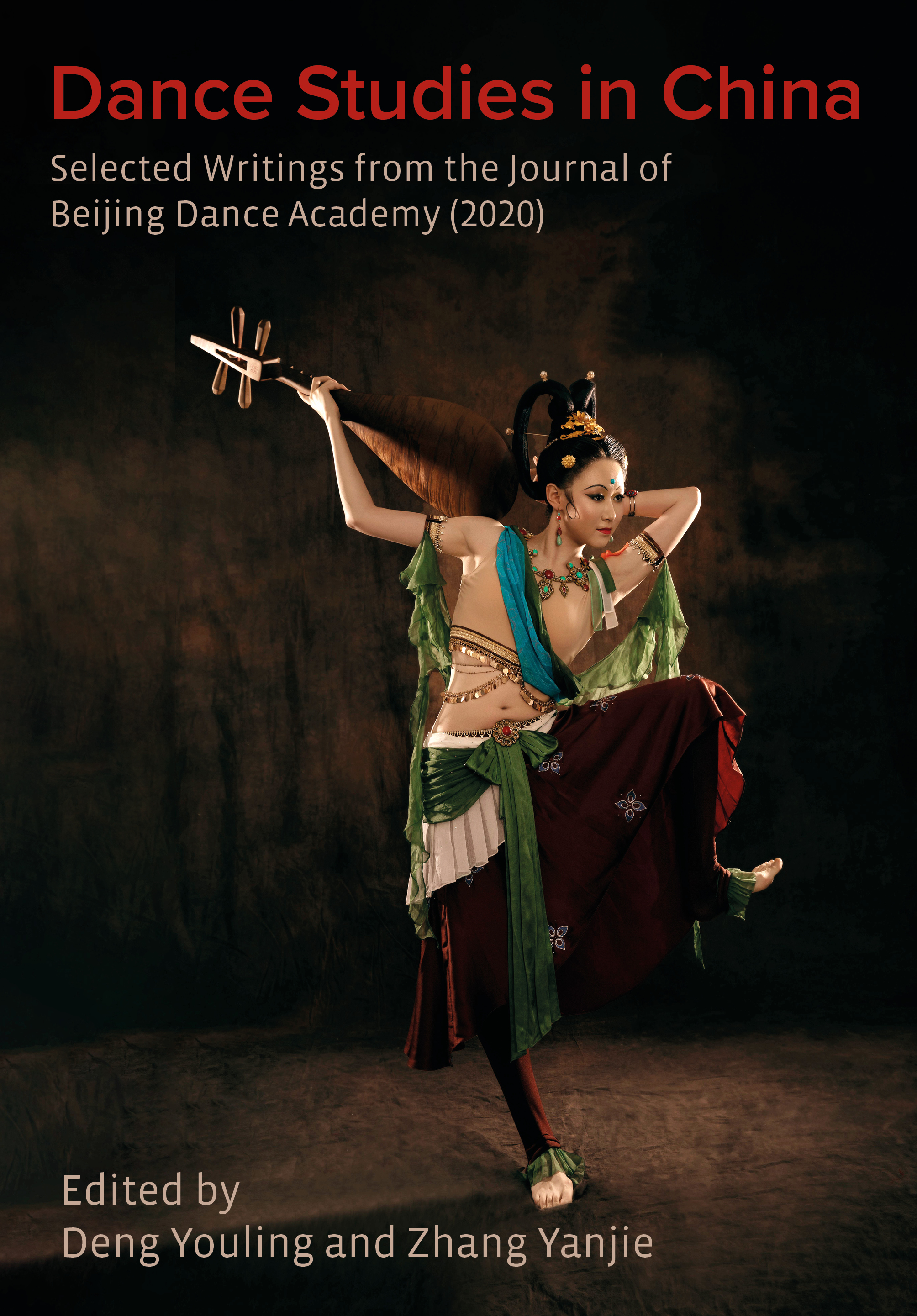
Dance Studies in China
Dance Studies in China is a collection of articles selected from issues of the Journal of Beijing Dance Academy translated for an English-speaking audience. Beijing Dance Academy is a full-time institution of higher learning with commitment to developing excellent professional dancers choreographers and dance researchers. This collection includes an interview with Shen Wei the Chinese-American choreographer painter and director living in New York City USA.
Founded in 1954 the former Beijing Dance School was the first professional dance school ever established since the founding of People’s Republic of China. Beijing Dance Academy (BDA) officially established in 1978 it provides BA and MA degrees and has become the only institution of higher learning for professional dance education in China as well as the largest prestigious dance school with comprehensive concentrations in the world.
In recent years BDA has committed to develop its research profile specialising in dance the Journal of Beijing Dance Academy is one of such outcomes. The Academy is also actively engaging with international collaboration.
The Intellect China Library is a series of new English translations of the latest scholarship in Chinese that have not previously been available. Subjects covered include visual arts performing arts popular culture media and the broader creative industries. The series aims to foster intellectual debate and to promote closer cross-cultural knowledge exchange by introducing unique Chinese scholarship and ideas to our readers.
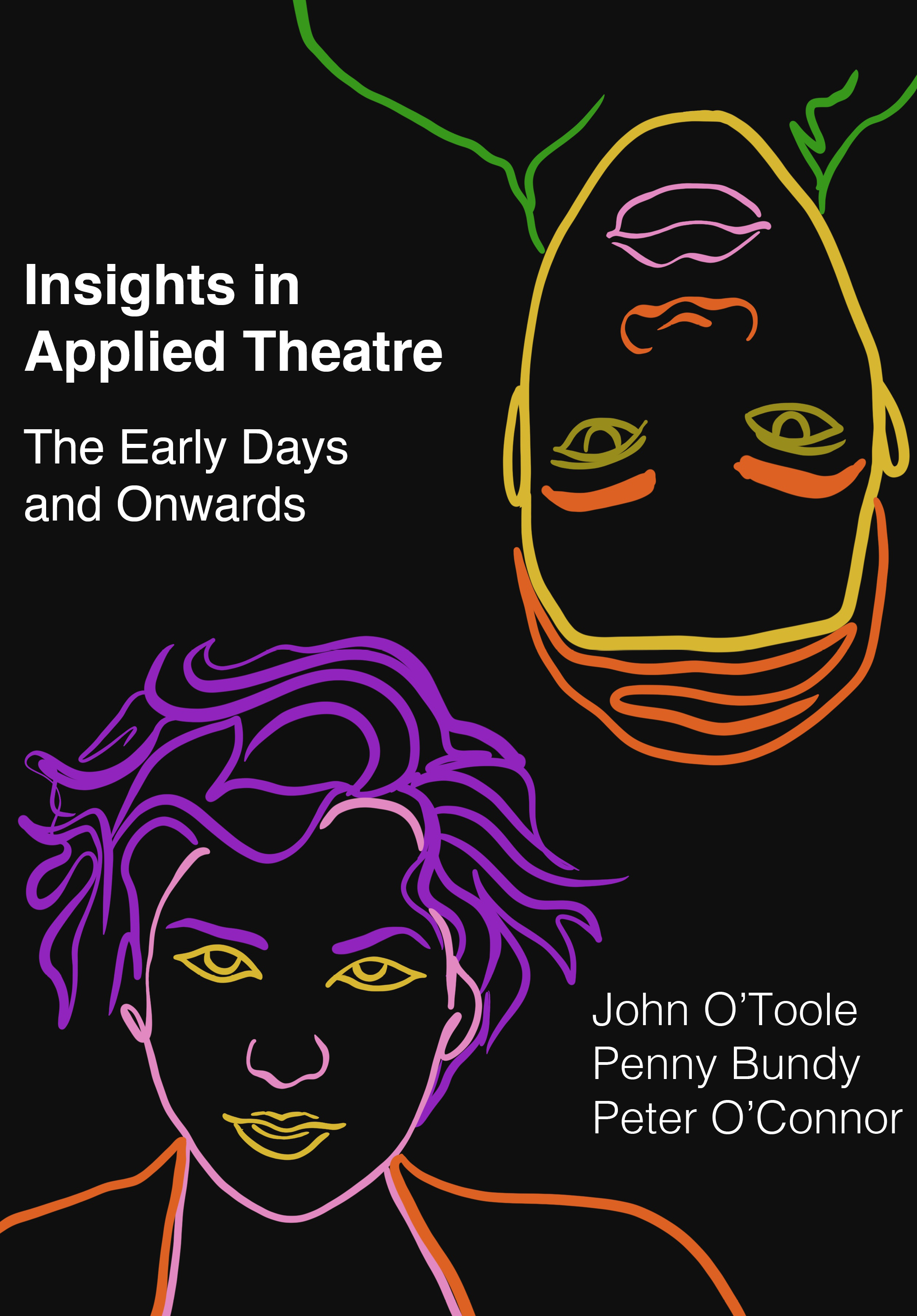
Insights in Applied Theatre
Much more than an archive these are the vivid still pertinent voices and messages of the pioneers worldwide.
The nineteen articles chosen by the editors of Applied Theatre Research represent key themes and elements from the early days of applied theatre that are still – and indeed now more than ever – relevant. They are all high-quality articles some of which were highly influential in their own time. All of them still have plenty to say to today’s applied theatre both in their own terms and sometimes in terms of how their publication influenced the development at the time of this still-expanding field or refracted it in ways that give us new insights with hindsight.
They have been arranged in sections according to some of the key themes – and problematic issues – that were discovered thought out and sometimes stumbled across by the pioneer writers in the collection. Each section is preceded by a critical editorial commentary on those themes besides thorough introductions to all the articles and in some cases re-evaluations. The editors have added substantial additional new material to the collection and in doing so bring their own applied theatre experience to bear on these themes as they raise general questions that are wide-ranging contemporary and urgent: from the vital and contested issues of power partnerships and the giving of voice through theatre to applied theatre’s proactive response to COVID-19 to the need to identify take account of and address the needs of all stakeholders in any applied theatre project.
The articles are grouped in six sections covering areas such as diversity of geography community contexts forms of applied theatre and organizational factors that characterize applied theatre; the definition and nature of applied theatre; how the best intentioned projects could be compromised by any of the many opportunities for applied theatre to go wrong; opportunities for change it can offer and the incorporation of new media technologies and ethnographic performance two factors that have now become major preoccupations for our field particularly in the years since the articles were written. The final section recognizes that applied theatre has been around not for 30 years but for thousands and in countless cultures.
The editorial chapters have strong connections with the rest of the book but are written with the editors’ deep insights into the field and are sharp in their focus and context. The book offers useful insights into the start of applied theatre and its development as an area of practice and research. The chapter collection is relevant and includes influential names in the field who have contributed significantly to the development of applied theatre over time.
The primary market will be academics and advanced practitioners in applied theatre drama education and theatre studies – including the expanding fields of drama therapy theatre and health etc. It will also be useful for educators exploring creative pedagogy and drama in education strategies across the curriculum.
It will be valuable introductory background reading for advanced undergraduate and post-graduate students in drama theatre studies and theatre arts performance studies and community theatre.
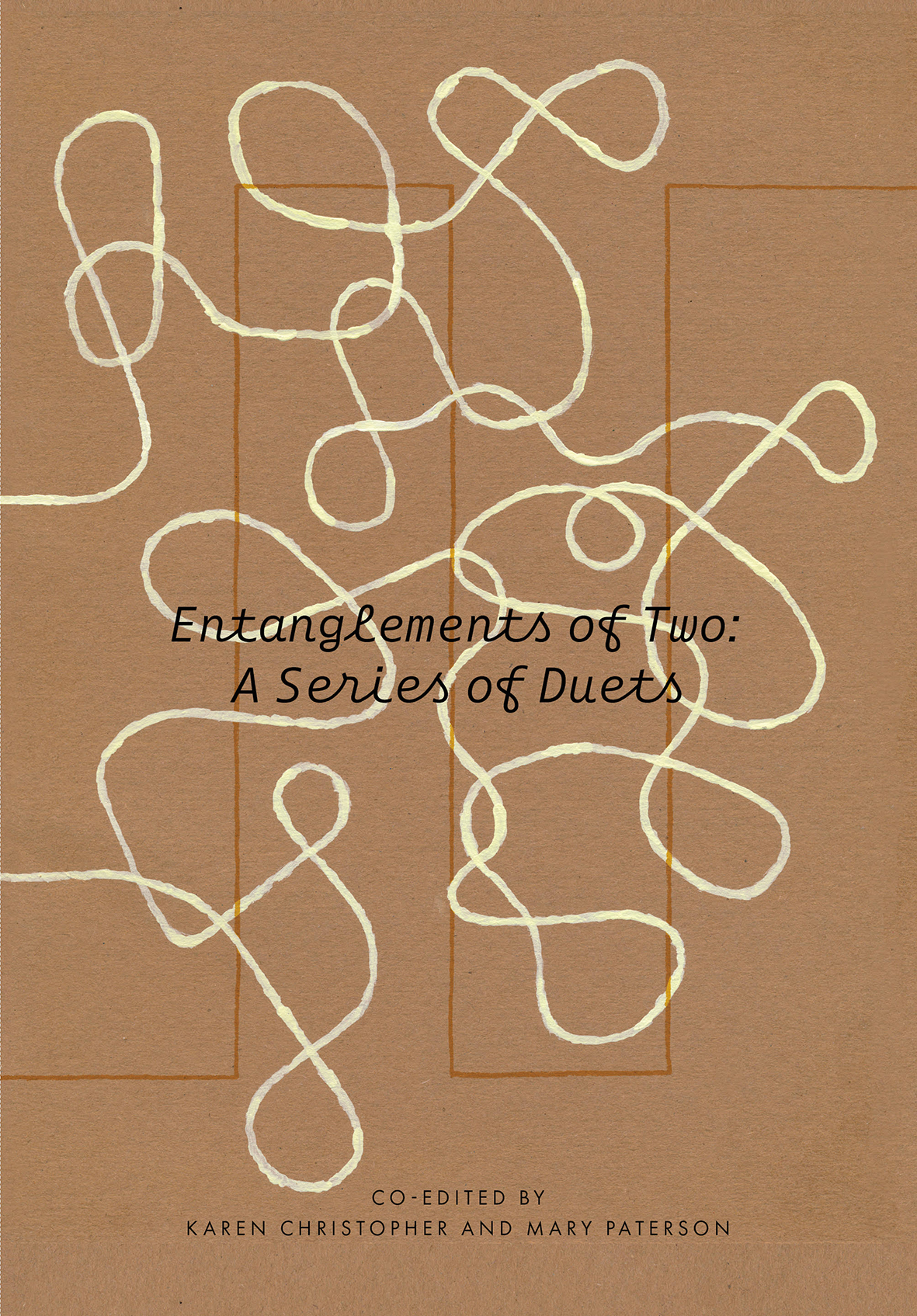
Entanglements of Two: A Series of Duets
Drawing out the particularities of working in twos with a focus on collaborative performance making this book considers the duet as a particular configuration in which to think the duo a microcosm of humankind and presents everyday entanglement of form and practice seen through the lens of the smallest multiple unit.
This book explores the practical philosophical and aesthetic implications of performers working in pairs. It focuses on a ten-year period in the work of Karen Christopher alongside wider reflections on the duet as a concept in artistic and social life. The book presents an investigation of the entanglement of form and practice seen through the lens of the smallest multiple unit of collaboration: the pair.
During this ten-year period Christopher set out to create a series of duets by working with one other artist. The 25 pieces in the collection includes reflections from an international group of collaborators artists linguists physicists theologians philosophers and performance scholars. Many of them deal with the question of artistic collaboration and entanglement contemplating the significance of those terms both on an interpersonal and global level.
This book provides a fascinating insight into the creative working process of a particular artist whilst providing a blueprint for how collaboration might take place. There are many passages that might provide inspiration for other artists and overall the book makes a moving and heartfelt plea for interpersonal open-ness and mutual investment.
Primary readership will be among international theatre-makers artists performance and art scholars philosophers teachers directors actors dancers performance artists and those interested in creative and personal writing about performance art and art-making. It will be of particular relevance to those with an interest in Karen Christopher or in the other contributors.
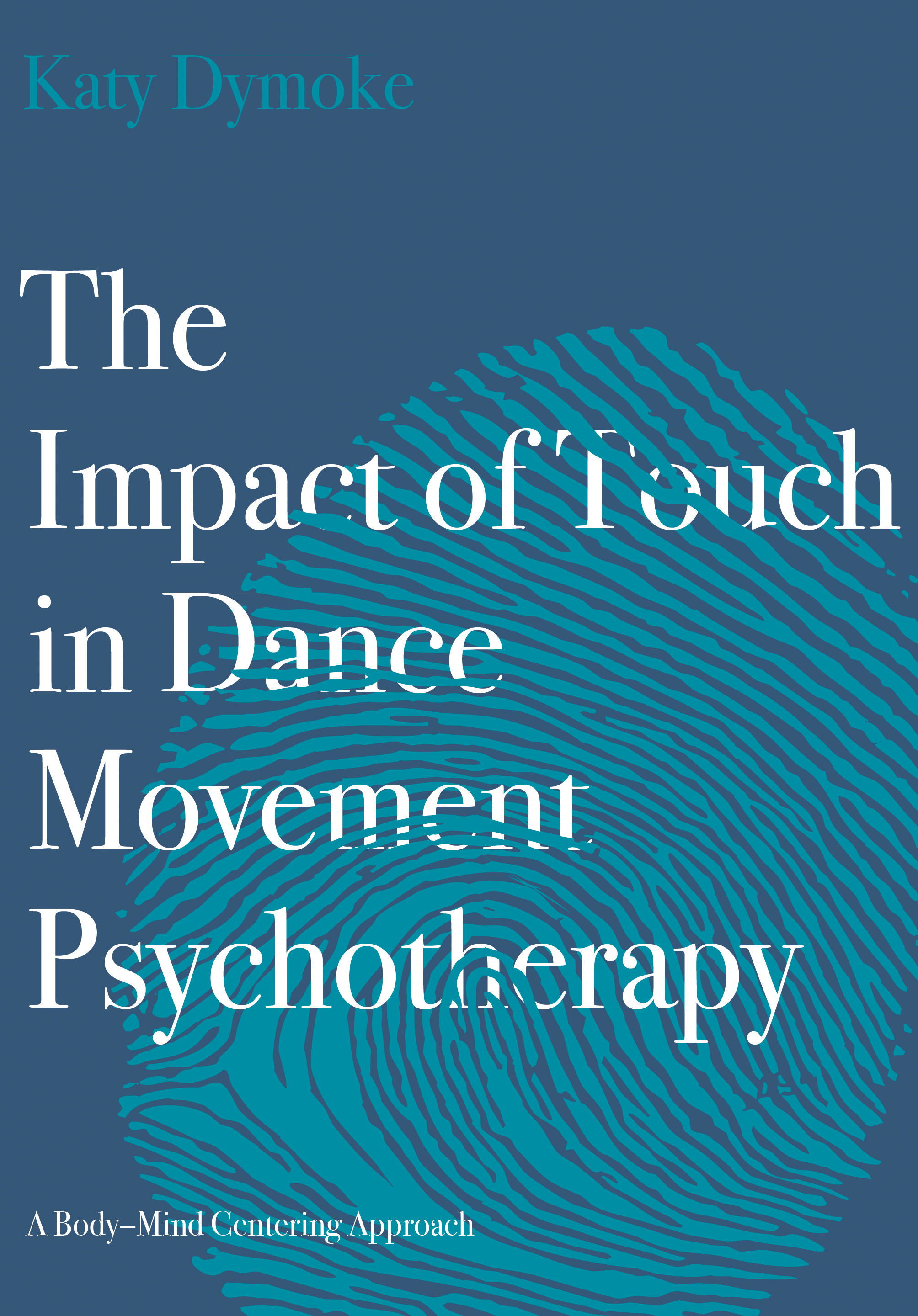
The Impact of Touch in Dance Movement Psychotherapy
This book explores the therapeutic use of touch focusing on an in-depth case study of work in an NHS setting with a client with learning disabilities and situating this within a wide theoretical context. This is a unique and influential study illustrating the impact of touch in dance movement psychotherapy and laying the ground for a theory on the use of touch in Dance Movement Psychotherapy (DMP).
The case study illustrates the impact of touch upon the therapeutic relationship with the use of video transcription and descriptive reflexive accounts of the session content. The case analysis sections establish the ground for a paradigm shift and for emergent theory and methods in support of the use of touch in Dance Movement Psychotherapy and other contexts. The role touch takes is beyond its affect which expands our understanding of its potency as an intervention. The writing is embedded in many years of practice-led-research in the field of dance and somatic practices in particular Body-Mind Centering® and Contact Improvisation in which touching and being touched is met with curiosity as a place of insight and revelation beyond the bounds of taboo and social diktat.
The study considers the philosophical landscape of both touch and non-touch. This book explores and reflects upon the use of touch considering the wider context and socially imposed perceptions that would prevent touch from taking place – including philosophical and social discourses. Through telling the story of a client case the book offers a wealth of thought-provoking content to inspire continued dialogue.
Key strengths of this book are the depth warmth and perceptiveness of the case history and the way in which this is successfully linked with theory. Particular attention is paid to embodied cognition and exosystemic theory the two leading developments of current thinking.
With the ethical practical and philosophical content the book will be of interest to psychotherapists health and social care practitioners as well as arts in health practitioners and beneficiaries in educational programs and settings.
Primary readership will be among DMP psychotherapists body psychotherapists drama therapists Body Mind Centering® practitioners arts in health practitioners people working with clients with learning disabilities and any practitioner and researcher interested in understanding the role touch may play in the psychotherapeutic encounter.
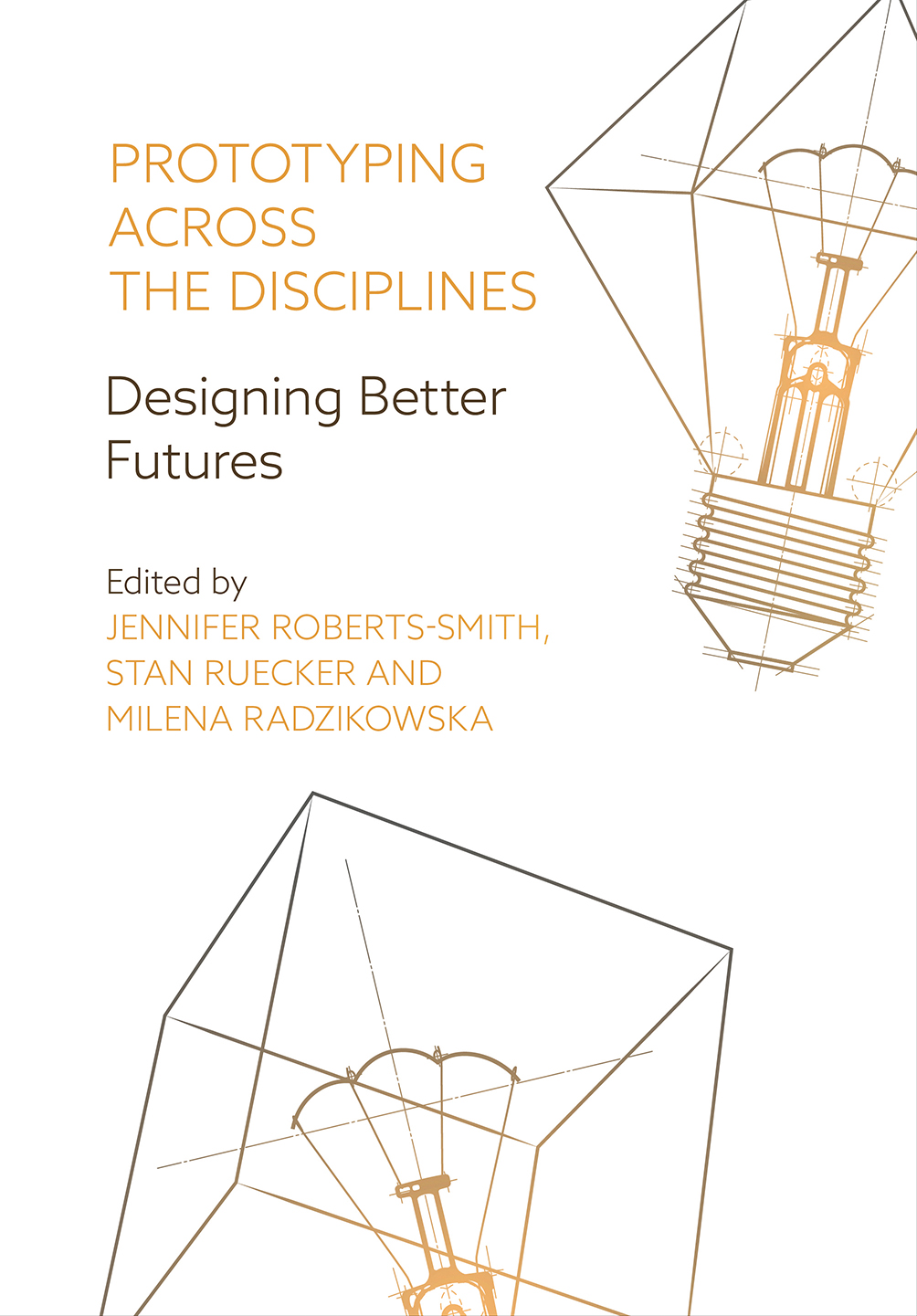
Prototyping across the Disciplines
If people from different fields are going to work together on projects then they need to begin to understand each other. They can be separated by the words they use the ways they work and how they think. However in many fields there is common ground in the attempts to create what is sometimes called inventive knowledge. These fields progress not only by understanding increasingly more about what already exists but by making guesses about possible better futures. The guesses consist of small forays into that future using strategies that are variously called learning through making research through design or more simply prototyping.
While traditionally associated primarily with industrial design and more recently with software development prototyping is now used as an important tool in areas ranging from materials engineering to landscape architecture to the digital humanities. This book collects current theories and methods of prototyping in a dozen disciplines illustrating them through case studies of actual projects whether in industry or the classroom.
This edited collection aims to provide a context a theoretical framework and a set of methodologies for interdisciplinary collaboration in design. Each chapter offers a different disciplinary perspective on prototyping providing a case study as a point of comparison for identifying commonalities and divergences in current practices. Contributions are from a group of scholars with worldwide experience of working and presenting in design and who are currently based in Canada the United States Chile and Brazil.
This book isn’t just about design across the disciplines it is about how prototyping works in different disciplines. Prototyping is a crucial part of the design process and a practice used by creators from all design disciplines from architects and engineers to industrial and service designers to test a concept or process and evaluate an idea.
Much research has been published on prototyping in design; what makes this new book unique is the cross disciplinary nature showing designers how they can learn from various approaches to improve their skills. Disciplines discussed include post-human design theatre tabletop game design landscape architecture and arts entrepreneurship.
Primarily of interest to design scholars and practitioners with an interest in integrative design. Undergraduates and graduate students in design HCI (human-computer interaction) and the digital humanities. Textbook potential.
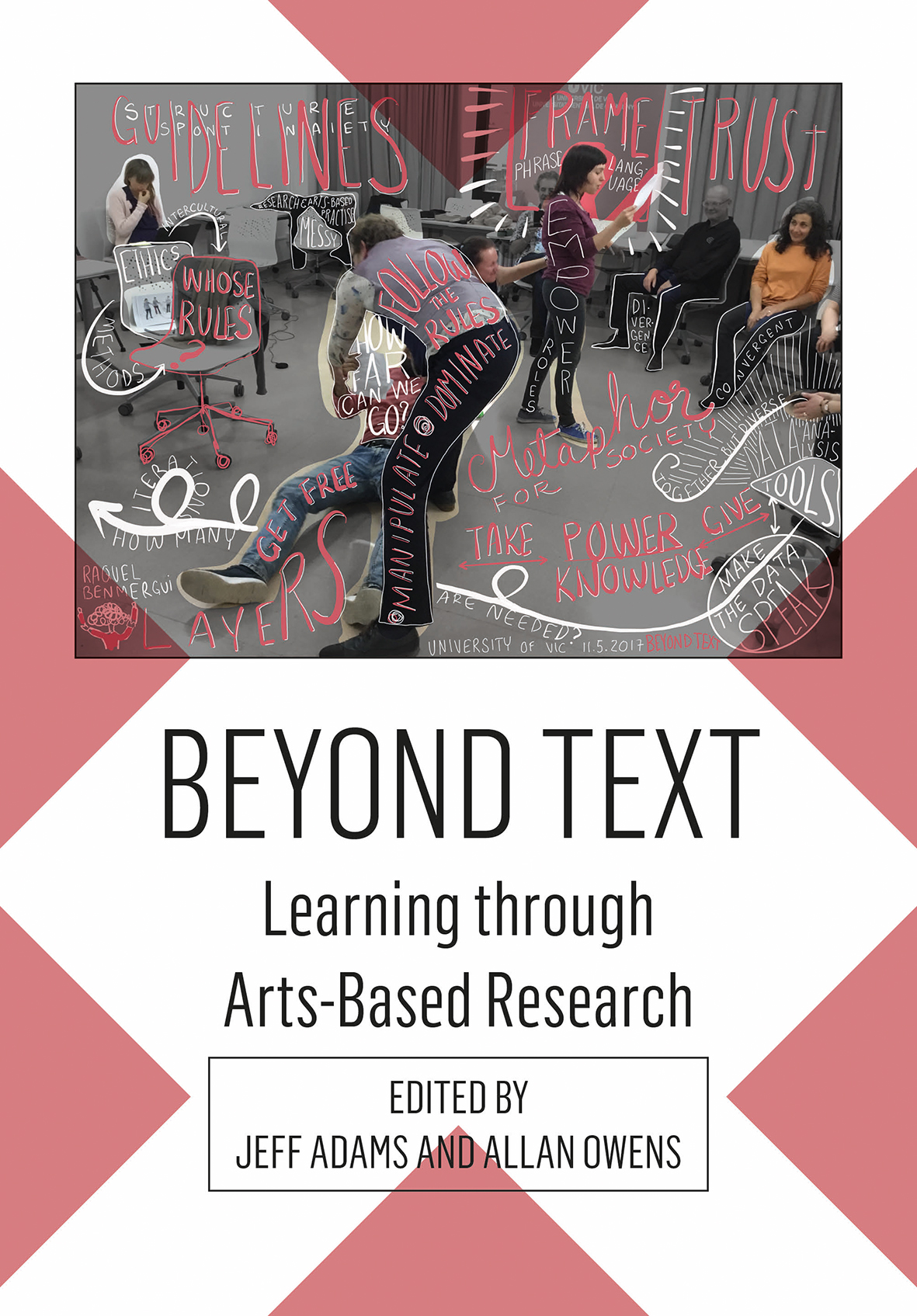
Beyond Text
This original new book represents a variety of art forms across different professional contexts. Its focus is on the ways that educational practitioners and leaders from a range of cultures disciplines professions and organizations practice arts-based research and it explores how these can enable innovative means of learning and enhance professional and organizational development.
This vibrant project allowed for long term systematic conversations between a large and unusually diverse group of twenty-nine people from eight organisations in six countries. It was unusually diverse in many senses: for some the word ‘data’ meant little for others it was central to their daily work; for some artistic practice was core while for others the arts were a means to an end; while some were social entrepreneurs running their own companies others were researching in universities and a number were doing both; some were working within the STEM disciplines of business management engineering science technology sustainability and the built environment others were in the social sciences of social and health care education and youth work while others were engaged in rapid or long term social and cultural action as a means of resisting state violence and military occupation; some worked in one of the safest countries on the planet others in one of the most tear-gassed refugee camps in the world.
Within these professional groups there were also ranges of experience for example senior researchers early career researchers PhD students seasoned professional artists and newcomers to arts forms. Whilst the main communication of this group was English six other major languages were spoken Estonian Finish Catalan Spanish Arabic and key stakeholders bought Swedish and Japanese into the space. This meant that while the conversations in and about arts-based practice were transnational interdisciplinary and systematic they had all the messy troubled-ness that the intercultural on all of the above levels brings with it.
This unique and exciting collection discusses how creative arts practices can have a significant impact on research across a range of international contexts drawing on their own field of research and educational experience. For instance drama music dance and visual arts can be used to understand how learners internalise concepts reflect on how decisions are made in the midst of action in leadership education or investigate the use of the intuitive alongside the rational and analytical in their educational experience. Non-textual arts-based forms of research can also provide modes of investigation into pedagogical and professional practices when applied to fields that normally lie outside of the arts.
Its greatest strengths are its focus on arts-based research as a way of learning in a variety of contexts and often in collaboration. Its consistent theoretical artistic and professional engagements make it a very readable and engaging read.
The representation of a variety of art forms across different professional contexts means that this book will have appeal to several readerships in higher education including the following groups.
Academics and practitioners using arts-based methods in organisation and business settings. Researchers in the arts and researchers generically in the social sciences humanities and arts. University students of the arts education and professional studies especially those interested in the wider international and intercultural diversity of research methodologies.
Those working in international research teams using any form of qualitative research will also find this collection very interesting. It also has potential interest for groups outside higher education with an interest in arts-based research – for example community groups looking to explore collaborative projects.
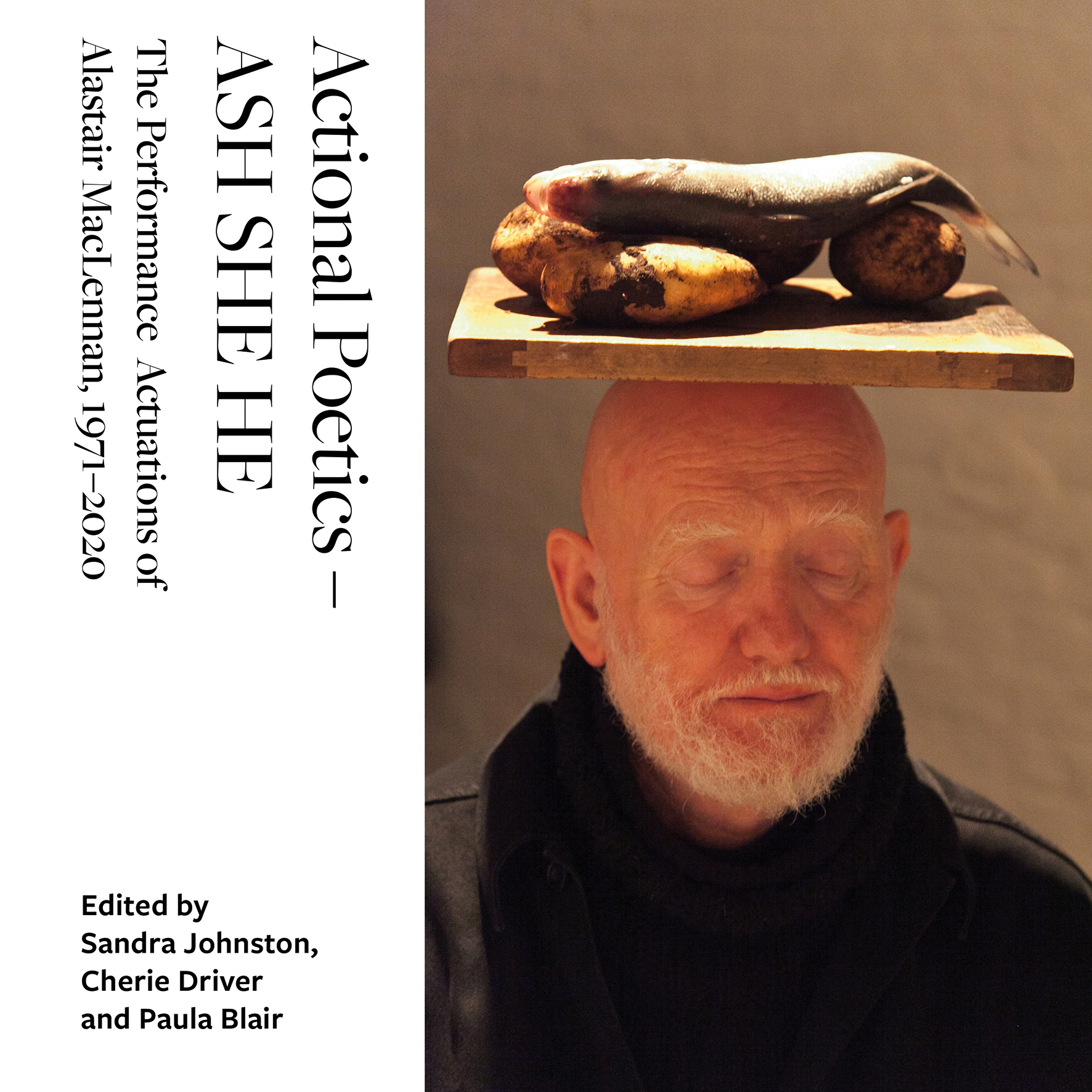
Actional Poetics – ASH SHE HE
A retrospective monograph of Alistair MacLennan’s performance art practice its influence on the Belfast art scene and its relationships with wider art histories. This new book is the most comprehensive and complete legacy monograph about Alastair MacLennan’s extensive performance practice
Alastair MacLennan is emeritus professor of fine art School of Art and Design Ulster University in Belfast. He is one of Britain’s major practitioners in live art and travels extensively in Eastern and Western Europe also America and Canada presenting ‘Actuations’ (his term for performance/installations). MacLennan is a founding member of Belfast's Art and Research Exchange of Belfast's Bbeyond performance collective and is a member of the performance art entity Black Market International. He has represented Ireland at the Venice Biennale (1997) and is an honorary associate of the National Review of Live Art Glasgow Scotland.
There is a wide variety of approach in the essays ranging from descriptive to interpretive. Some set the work in historical context and others provide pertinent biography. This variety is appropriate – and perhaps even necessary – in looking at the work of a living artist whose work is particularly complex. The selection of essays presents a complex body of work in an understandable way with each writer allowed to address the art in their own terms. Placing the work in historical context is important but presenting MacLennan as an influential teacher is also important.
Includes a significant contribution from Adrian Heathfield (professor of performance and visual culture at Roehampton UK) who has written an extended essay on MacLennan’s oeuvre focusing on its use of materials and its creation of sculptural environments. Discussing the artist’s deployment of slow-time action and contemplative space Heathfield sees MacLennan’s work as activating sustained contact with the elemental and locates MacLennan’s work as a significant intervention in performance art history globally and discusses the politics of its engagement with local history violence social conflict and memory.
The primary readership will be academics researchers and scholars working in performance art and contemporary art in general. Also valuable to students in performance art visual arts and related practices.
Of relevance to academics and artists in the interrelated fields of performance art art and philosophy critical theory conflict studies and Zen philosophy.
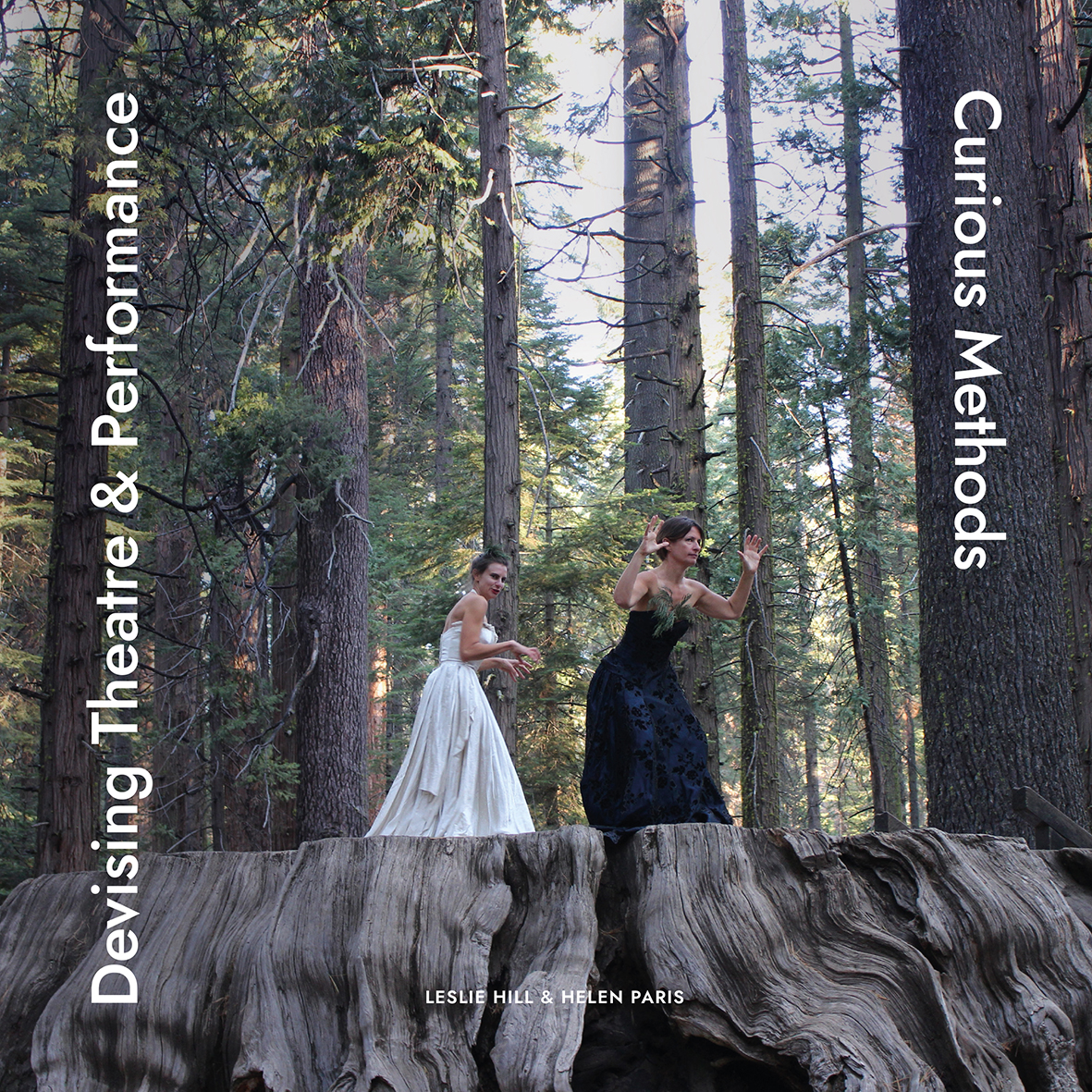
Devising Theatre and Performance
Devising Theatre and Performance is a hands-on guide for artists students and teachers of performance at any stage of their practice. It offers a wide range of creative prompts and pathways enriched with critical thinking tools and questions a hybrid approach Hill and Paris call ‘Curious Methods’.
This is a welcome addition to the field created and curated by two experienced artists who have operated at the international interface of academia and professional practice for over three decades.
The collection is packed with fun creative thoughtful exercises distilled from over twenty years of running interdisciplinary artist workshops and teaching both devising and performance making. As well providing numerous exercises and suggestions for devising composing and editing original works this book offers tools for giving and receiving feedback critical reflection and framing artistic work within academic research contexts.
Readers can choose to dip in and out to follow the book as a course or to work section by section focusing on organizing principles such as working from the body working with site working with objects or performance activism. The book includes a detailed production workbook and a practice-based research workbook you can tailor to your own projects. The 'Curious Methods' approach encourages users to take the time and space their practice deserves while offering tools nourishment and encouragement and inviting them to take risks beyond their comfort zones. The exercises are carefully described so that they can easily be tested out by readers and are well contextualized in relation to vivid examples from contemporary performance practice and relevant political contexts. This compelling approach goes beyond many other books on theatre devising which merely provide performance recipes; they do so by repeatedly highlighting the vital cultural relevance and potential personal impact of the experiments that they invite us to undertake.
The primary audience for this important new book will be academics instructors and students in courses on devised theatre improvisation performance art experimental performance and practice-based research. It will be essential for classroom use for students of theatre and performance and live art – undergraduate postgraduate and Ph.D. teachers and all those needing strategies for getting started.
It will also appeal to readers from the broader arts humanities and social sciences who are seeking resources for integrating creative methods into their research.
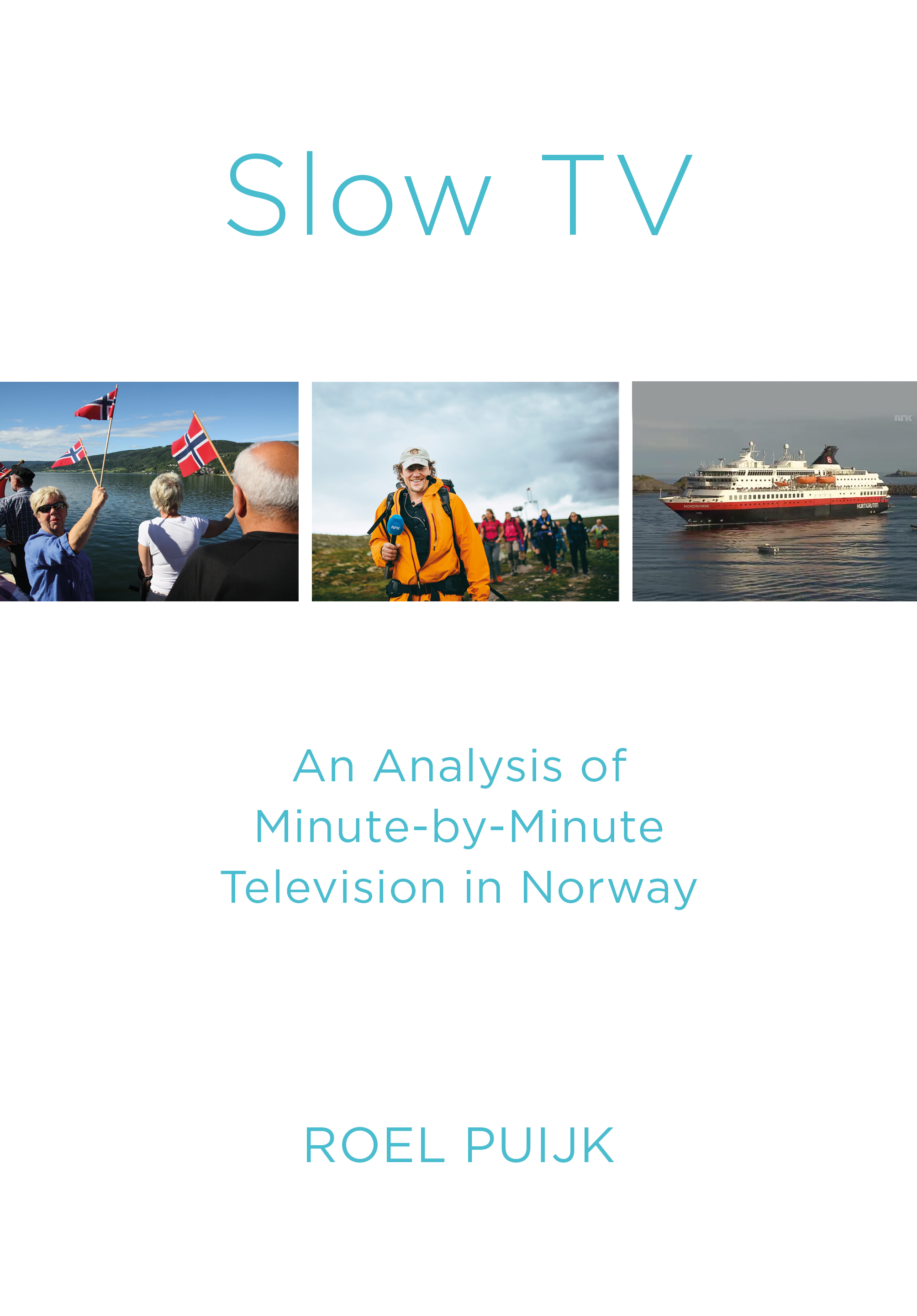
Slow TV
Slow TV has become a familiar feature of broadcasting in Norway. It refers to a set of programmes produced by the Norwegian Broadcasting Corporation (NRK) since 2009 starting out with a seven-hour broadcasting of the train ride between Bergen and Oslo.
The concept of slow TV and ‘minute-by-minute’ broadcasting was developed so that the event on television lasts as long as in real time. Several broadcasters outside Norway including BBC Four YLE SRF and Netflix have now taken up the concept of slow TV.
The first study of this genre this highly original book explores three different aspects of the phenomenon of slow TV: the perspective of the broadcaster the perspective of the producers and other actors involved in the production of the programme and that of the audience.
It goes beyond the question of genre and considers how slow TV fits into television scheduling and how the audience appeal can be understood within broader concepts such as media events media tourism reception and national identity. Public service broadcasters can be seen as having more opportunity to experiment and slow TV can be seen as a good example of public service programming. What attracts viewers to the programmes is that they invite a contemplative mode of watching: there is a chance to see something unexpected or to be introduced to interesting new things.
Illustrated throughout in full colour using stills from broadcast programmes.
This book will appeal primarily to an academic readership both researchers and students. Most readers are likely to be involved with media and communication studies cultural studies and film studies. It will also be of interest more generally to the humanities and social sciences fields as it touches on topics such as national and local identity popular culture Nordic lifestyle well-being tradition community and popular culture.
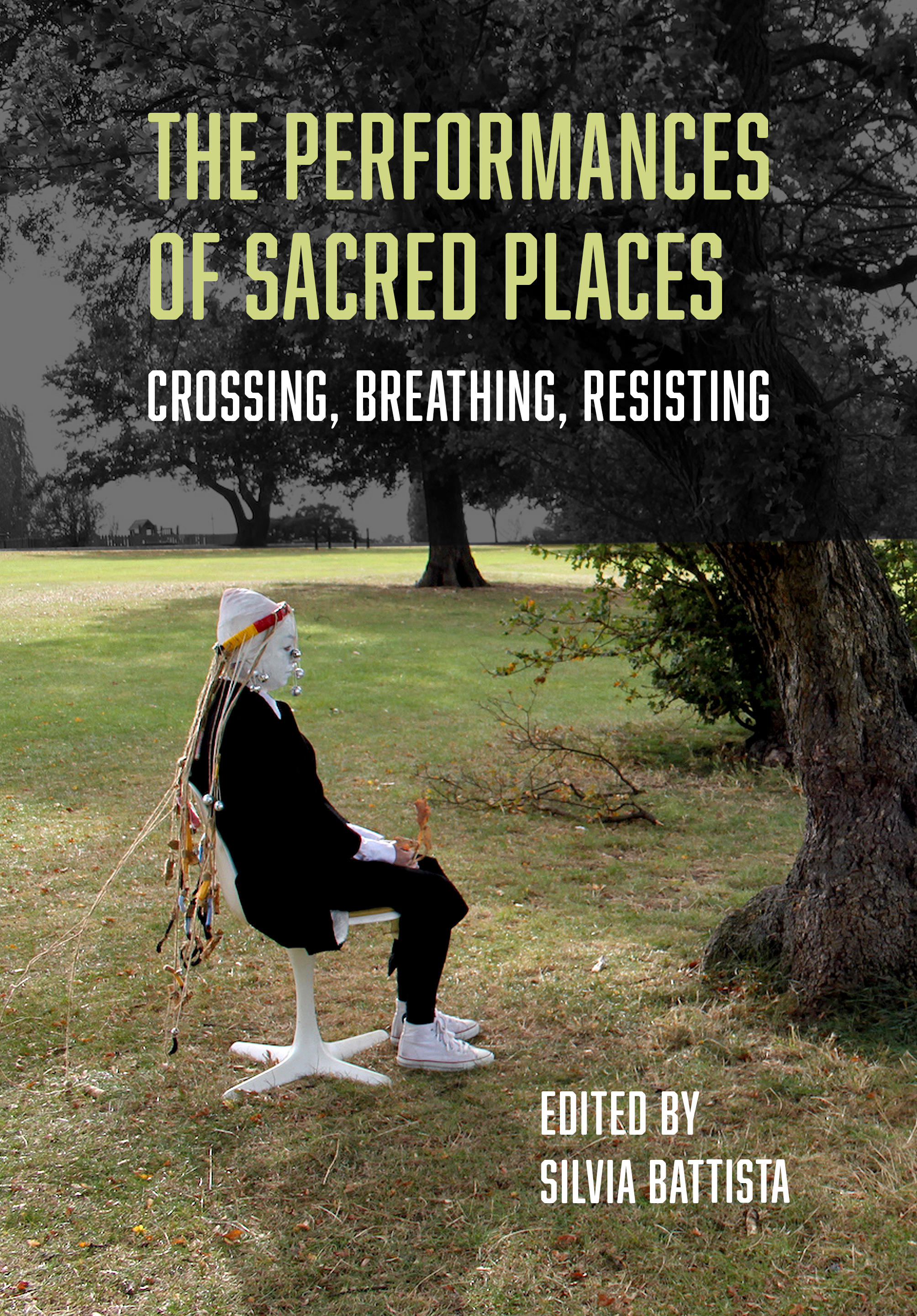
The Performances of Sacred Places
This is the first book to explore the notion of sacred places from the perspective of performance studies and presents both practice-as-research accounts alongside theoretical analysis. It is multidisciplinary bringing together religious studies philosophy and anthropological approaches under the umbrella of performance studies. By focusing on practice and performance rather than theology it also expands the notion of sacred places to non-religious contexts.
This new collection offers a multi-layered and contemporary approach to the question of sacred sites their practices politics and ecologies. The overarching critical framework of inquiry is performance studies a multidisciplinary methodological perspective that stresses the importance of investigating the practices and actions through which things are conducted and processes activated. This is an innovative perspective that recognizes the value function and role that practices and their materialities have in the constitution of special places their developments in culture and the politics in place for the conservation of their sense of specialness.
The questions investigated are: what is a sacred place? Is a place inherently sacred or does it become sacred? Is it a paradigm a real location an imaginary place a projected condition a charged setting an enhanced perception? What kind of practices and processes allow the emergence of a sacred place in human perception? And what is its function in contemporary societies?
The book is divided into three sections that evidence the three approaches that are generally engaged with and through which sacred places are defined actualized and activated: Crossing Breathing and Resisting. There is a strong field of international contributors including practitioners and academics working in the United Kingdom the United States Poland and Australia.
Primary interest will be students academics and practitioners studying or working in theatre and performance studies; fine art; architecture; cultural and visual studies; geography; religious studies; and psychology.
Potential for classroom use and very strong potential for inclusion on reading lists as a secondary text for undergraduate and postgraduate courses in fine art live art performance art performance and theatre studies.

Arnold Wesker
This new collection will add significantly to the body of scholarship on this important dramatist. This is the first study of the whole body of Wesker’s work and will create new interest in this partly forgotten key figure in post-war British theatre.
A new study of Wesker’s work is overdue. The editors are recognized scholars in the field with a track record of publication on British theatre. An impressive list of contributors comprises important scholars of post-war theatre – including John Bull and Chris Megson – alongside practitioners such as Edward Bond and Pamela Howard who bring professional insights to bear.
Arnold Wesker was hailed in the press as ‘one of the great overlooked’ of British drama when he died in April 2016. Despite his pivotal engagement with the cultural politics of 1960s Britain and his international career only a fraction of Wesker’s dramatic output tends to be studied. He is still remembered and discussed as the author of The Trilogy three plays staged between 1958–60 that fail to reflect the daring aesthetics of his later work thereby perpetuating an incorrect image of a naturalist playwright.
This important new book aims to remedy the recent critical neglect of the dramatist building on existing scholarship and introducing new insights and perspectives. It examines the whole body of Wesker’s work for the first time including some of his non-dramatic work and considers it from a variety of perspectives. These include Wesker’s reception in Europe his Jewishness and his attitude to politics and to community. Significant use is made of material from the Arnold Wesker archive held by the Harry Ransom Humanities Research Center at the University of Texas at Austin USA.
It includes chapters on Wesker’s representation of and attitude towards women his relationship with his Jewish origins and identity and his role in establishing Centre 42 following his imprisonment for participation in the Aldermaston March in 1959. Centre 42 was initially a touring festival aimed at devolving art and culture from London to the other working class towns of Britain and arose from Resolution 42 of the 1960 Trades Union Congress which concerned the importance of arts in the community.
It will be of most interest to academics and scholars of post-war British theatre and to those teaching theatre and drama. It is accessible for a student readership at all undergraduate levels as well as postgraduates. It has potential for textbook and reading list use.
Wesker’s significance in British theatre history of the 1950s and 1960s means that the book may find readers amongst the informed general public.
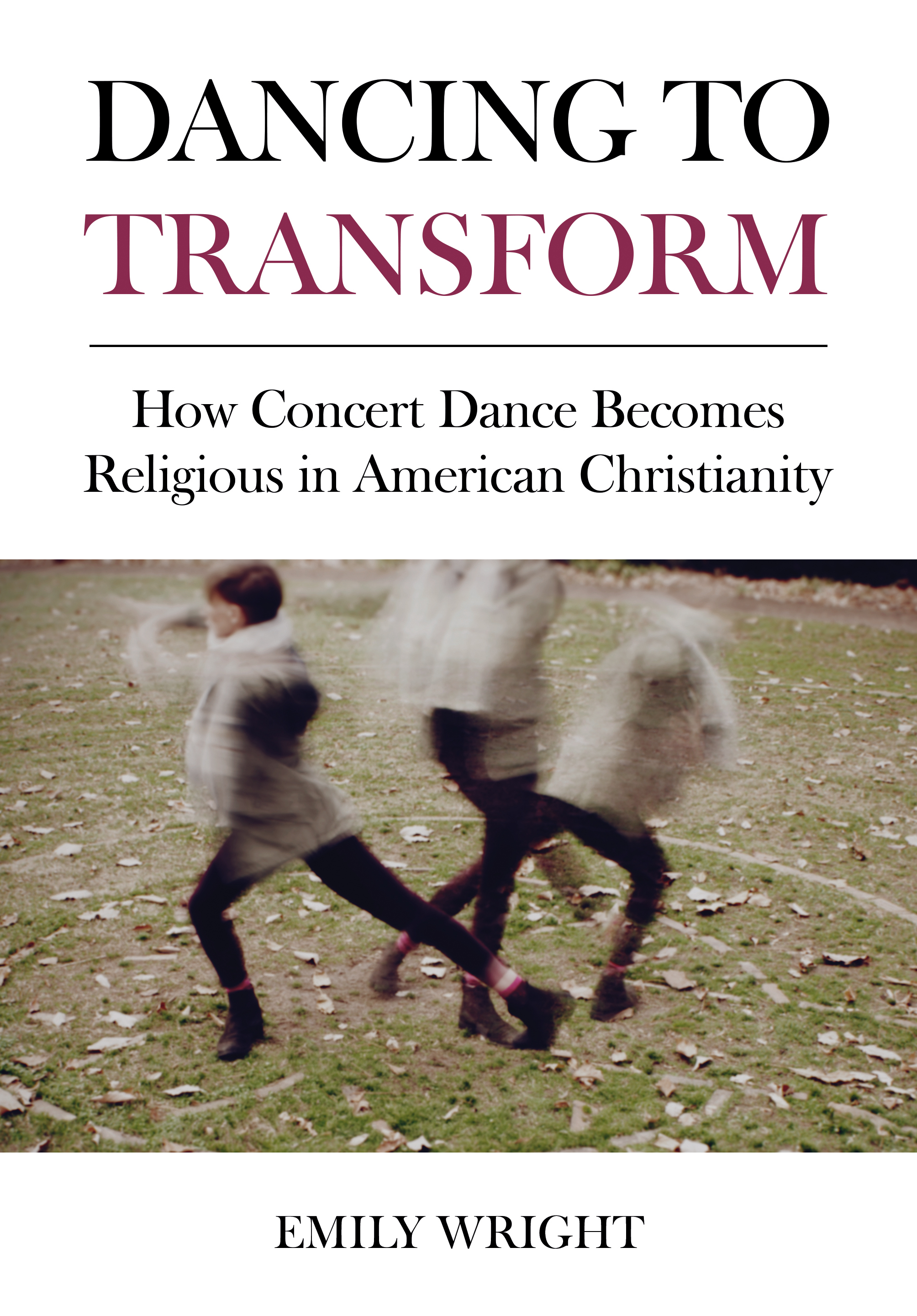
Dancing to Transform
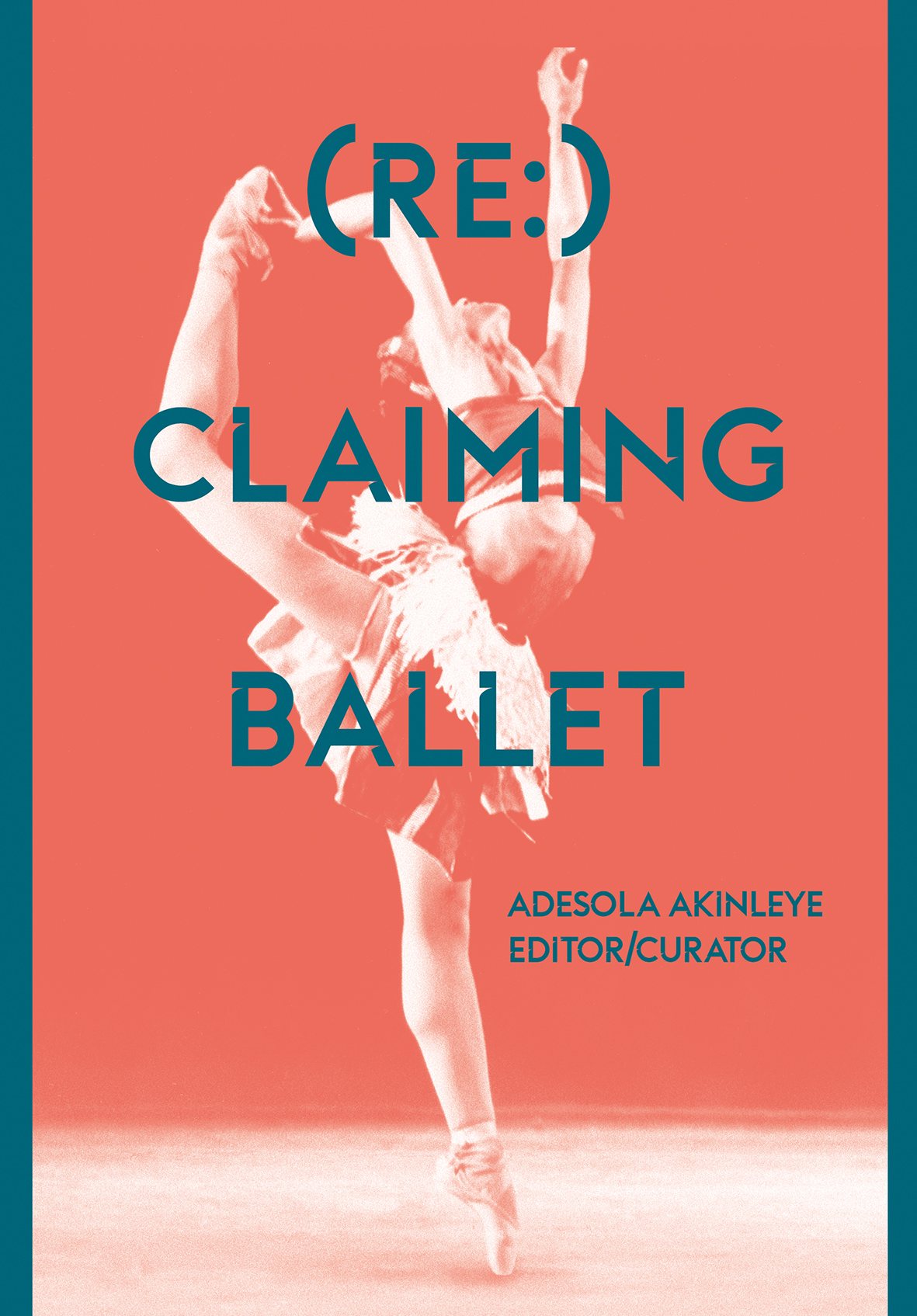
(Re:) Claiming Ballet
The collection of essays demonstrates that ballet is not a single White Western dance form but has been shaped by a range of other cultures. In so doing the authors open a conversation and contribute to the discourse beyond the vantage point of mainstream to look at such issues as homosexuality and race. And to demonstrate that ballet’s denial of the first and exclusion of the second needs rethinking.
This is an important contribution to dance scholarship. The contributors include professional ballet dancers and teachers choreographers and dance scholars in the UK Europe and the USA to give a three dimensional overview of the field of ballet beyond the traditional mainstream.
It sets out to acknowledge the alternative and parallel influences that have shaped the culture of ballet and demonstrates they are alive kicking and have a rich history. Ballet is complex and encompasses individuals and communities often invisiblized but who have contributed to the diaspora of ballet in the twenty-first century. It will initiate conversations and contribute to discourses about the panorama of ballet beyond the narrow vantage point of the mainstream – White patriarchal Eurocentric heterosexual constructs of gender race and class.
This book is certain to be a much-valued resource within the field of ballet studies as well as an important contribution to dance scholarship more broadly. It has an original focus and brings together issues more commonly addressed only in journals where issues of race are frequently discussed.
The primary market will be academic. It will appeal to academics researchers scholars and students working and studying in dance theatre and performance arts and cultural studies. It will also be of interest to dance professionals and practitioners.
Academics and students interested in the intersection of gender race and dance may also find it interesting.

Performing #MeToo
A tweet by American actor and activist Alyssa Milano sent on October 15 2017 opened the floodgates to an outpouring of testimony and witnessing across the Twitterverse that reverberated throughout social media. Facebook status lines quickly began to read “Me too” and #MeToo was trending. That tweet re-launched the ‘me too’ movement which was started in 2006 by Tarana Burke.
Performing #MeToo: How Not to Look Away does not attempt to deliver a comprehensive examination of how #MeToo is performed. What it does aim at presenting is a set of perspectives on the events identified as representative of the movement through a lens or lenses that are multinational as well as work and analysis from a variety of time periods written in a diversity of styles. By providing this means of engaging with examples of the many interpretations of and responses to the #MeToo movement and by identifying these responses (and those of audiences) as provocations of examples of how not to look away the collected chapters are intended to invite reflection discussion and hopefully incite action.
It gives writers from diverse cultural and environmental contexts an opportunity to speak about this cultural moment in their own voices. There is a wide geographical range and variety of forms of performance addressed in this timely new book. The international group of contributors are based in the UK USA Australia South Africa Scotland Canada India Italy and South Korea.
The topics addressed by writers include socially engaged practice; celebrity feminism archive and repertoire; rape/war; misogynistic speech; stage management and intimacy facilitation; key institutions’ responses; spatial practices as well as temporal ones; academic call-outs; caste/class; political contexts; adaptation of classic texts; activist events; bouffon (a clown technique) and audience response
Forms of performance practice include applied theatre performance protest verbatim solo performance institutional practice staging of plays street responses academic adaptation of classic text play reading events and the musical.
Although there is much to read in the media and alternative media on the #MeToo movement this is the first attempt to analyse the movement from and in such diverse contexts.
Bringing together twelve writers to speak about works they have either performed witnessed or studied gives the reader a nuanced way of looking at the movement and its impact. It is also an incredible archive of this moment in time that points to its importance.
Suitable for use in several graduate and undergraduate courses including performance studies feminist studies sociology psychology anthropology environmental or liberal studies and social history.
Essential reading for theatre workers academics students and anyone with an interest in feminism contemporary theatre or human rights. For artists considering projects that include the themes of #MeToo and for producers and directors of such projects looking for good practices around how to create environments of safety in their organizations as well as those who wish to organize communities of artists.
For anyone interested in learning more about how to support the movement or an interest in the specific social narratives told in each individual chapter. For women feminists and anyone with an interest in the issues.
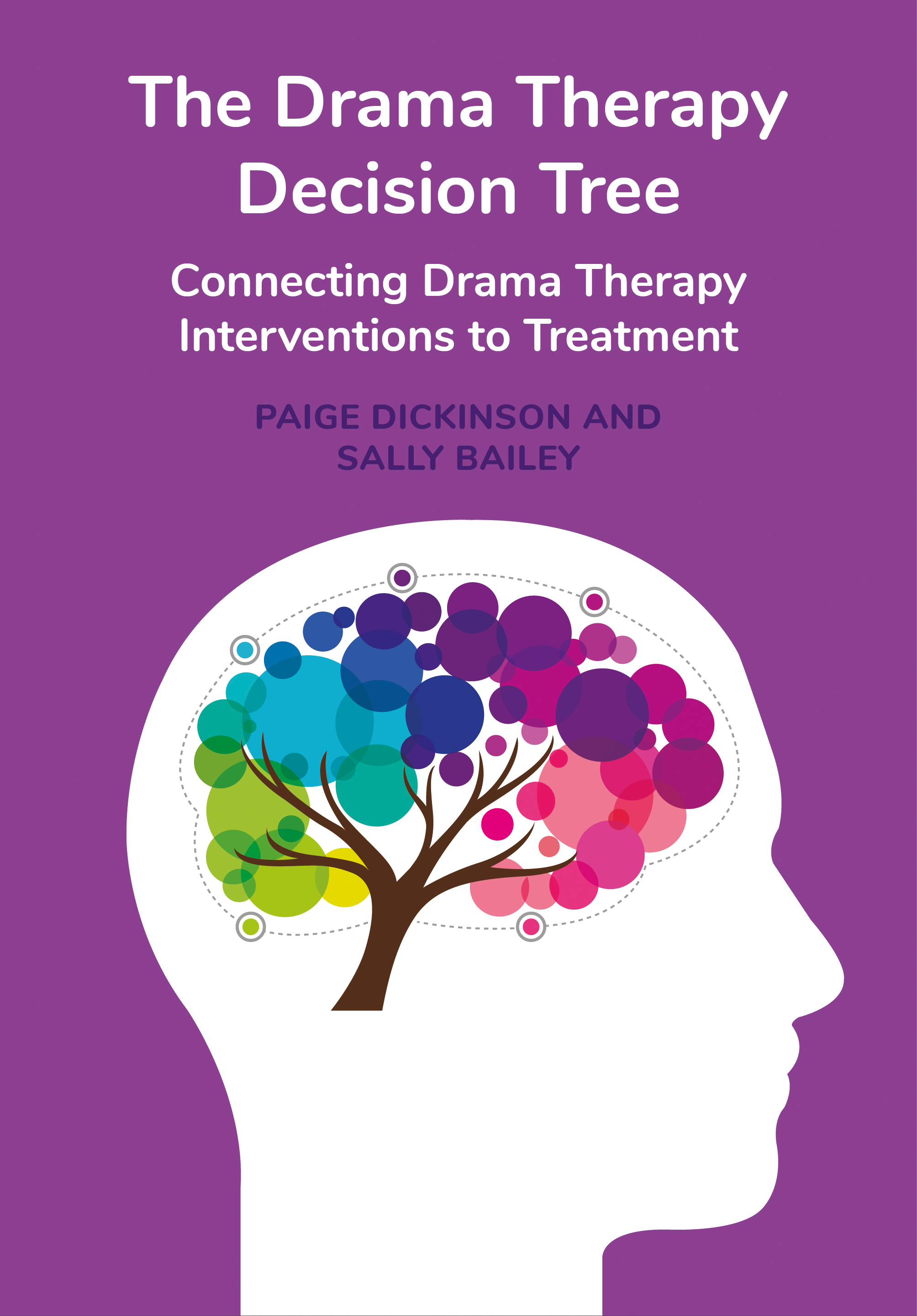
The Drama Therapy Decision Tree
This book provides the reader with a thorough understanding of drama therapy methods through the provision of examples so therapists can select the most appropriate methods and apply them themselves. The authors provide a common language for communicating what drama therapists do in terms of diagnoses and interventions especially for new students in the field.
There has been no systematic method developed for drama therapists and drama therapy students for selecting the most appropriate drama therapy technique or method for clients. Typically students leave university and have to work out how to plan treatment through trial and error. This book is not intended as an instruction manual but the authors of this book have identified and analysed how they approached this task themselves and they explain how the theory learnt at university can be put into practice. Their desire is to give early career drama therapy professionals a reliable and effective tool for making the best clinical decisions they can. This book is not only an educational tool but also a practitioner’s reference tool for planning how to address the socio-emotional needs of their clients. Readers will find this timely book offers structure to drama therapy teachers and students alike.
It explains the basic tools that drama therapists use in all therapy situations starting with the therapeutic process then moves on to identify the core healing concepts that make drama therapy so powerful and unique. The diagnostic systems used by all mental health professionals (DSM-5 and ICD-11) are integrated by relating the core healing concepts and tools to the symptoms of diagnoses. The basic treatment planning process is also discussed. The book then explains how these components are used together systematically through a series of questions (that the therapist asks themself) in order to identify the most appropriate type of intervention for the client. Finally the book offers several examples of how this system can be applied to a variety of common diagnoses. The appendices provide resources about drama therapy in terms of theory approach and specific population.
Of primary relevance to teachers and students of drama therapy and drama therapists and integrative arts therapists in training and early career stages. May be useful for other professionals interested in drama therapy and related creative or therapeutic practices where theatre and drama are used.
Note: in the US context there is a wider range of related practices which are often regarded as part of drama therapy.
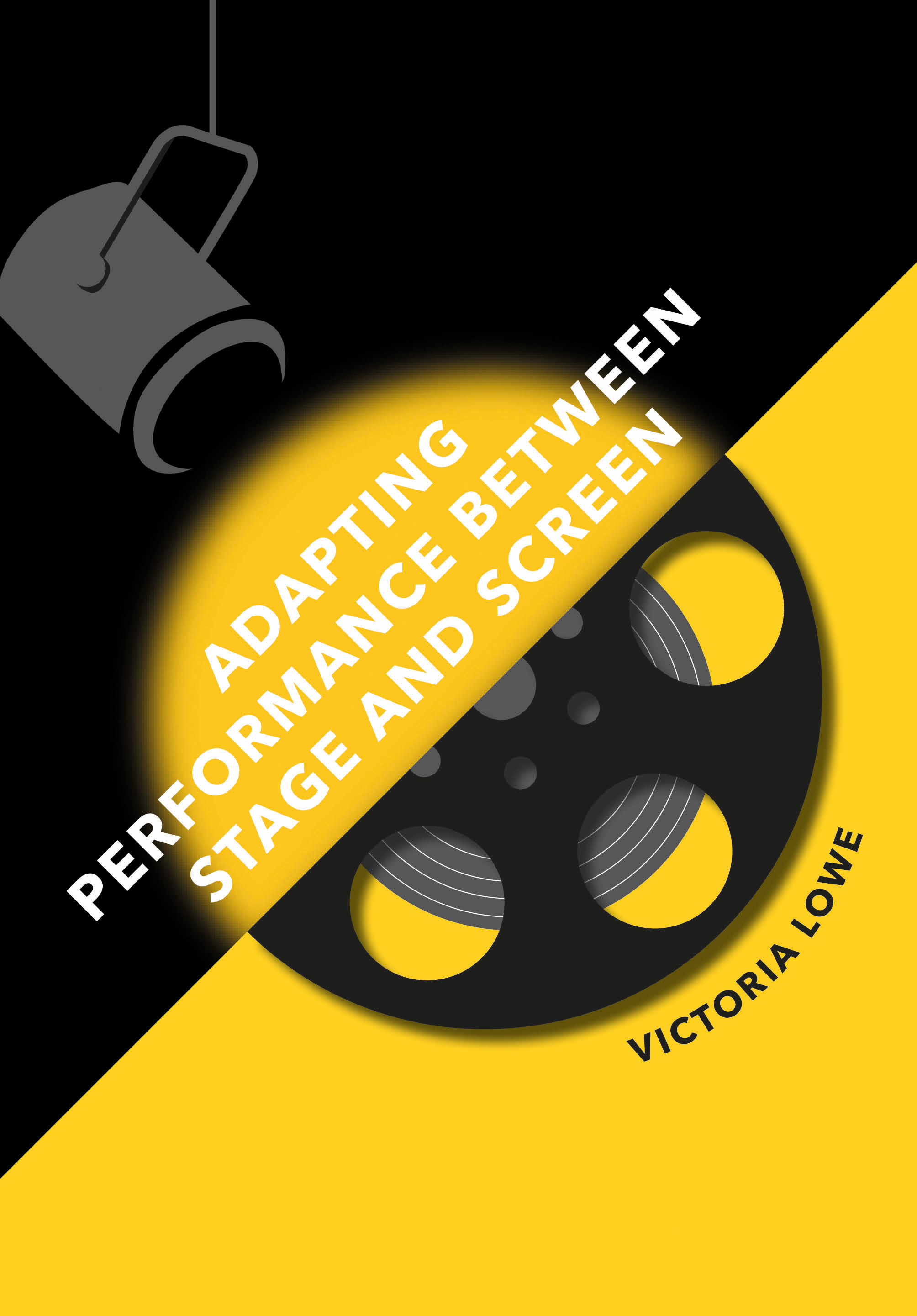
Adapting Performance Between Stage and Screen
The book offers an introduction to adaptations between stage and screen examining stage and screen works as texts but also as performances and cultural events. Case studies of distinct periods in British film and theatre history are used to illustrate the principle that adaptations can't be divorced from the historical and cultural moment in which they are produced and to look at issues around theatrical naturalism and cinematic realism.
Written in a refreshingly accessible style it offers an original analysis with emphasis on performance and event. It opens up new avenues of exploration to include non-literary issues such as the treatment of space and place mise en scène acting styles and star personas. The recent growth of digital theatre is examined to foreground the 'events' of theatre and cinema with phenomena such as NT Live analysed for the different ways that 'liveness' is adapted.
Adapting Performance Between Stage and Screen explores how cultural values can be articulated in the act of translating between mediums. The book takes as its subject the interaction between film and theatre and argues that rather than emphasising differences between the two mediums the emphasis should be placed on elements that they share in particular the emphasis on performance and the participation in an event. It uses a number of case studies to show how this relationship is affected by changes in technology – the coming of film sound the invention of live-casting – and in the nature of the event being offered to particular audiences. These examples ranging from the well-known to the obscure are all treated with relevant and knowledgeable analysis and a strong and appropriate sense of context.
The book offers a welcome overview of previous work in this area and demonstrates the importance of basing analysis on historical context as well as giving new insights into some familiar examples. Discussion ranges from Steven Spielberg and Alfred Hitchcock to Robert Lepage and Ivo van Hove. There are detailed analyses of Alfie Gone Too Far and Festen as well as authoritative analyses of NT Live performances and British New Wave cinema.
The book will be of primary interest to academics researchers teachers and students working in adaptation studies film studies and theatre studies. Written in an accessible style it will appeal to teachers and students on A-level undergraduate and postgraduate film theatre media and cultural studies courses. The chapter on digital theatres will add to the growing body of literature in this area and appeal to students and academics working on digital cultures and new media.
Live screenings of theatre events are becoming more widely available and increasingly popular including some of the productions discussed. There is potential interest for a general audience interested in British films theatre and actors.
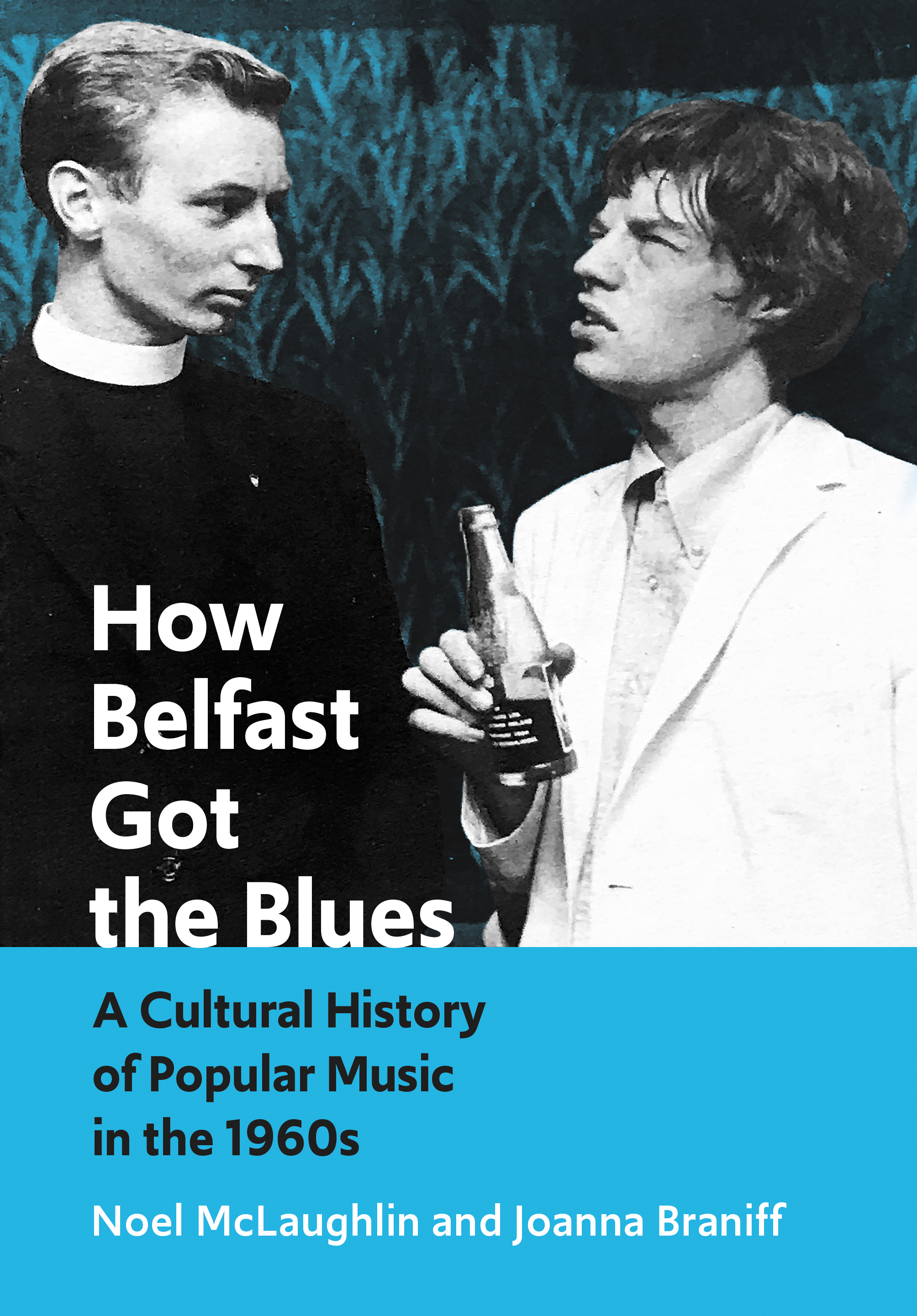
How Belfast Got the Blues
This is not just an important music book; it is an important history book. It captures the moment before Belfast and Northern Ireland became synonymous with the Troubles. It places one of the best-known figures in global popular music Van Morrison in his historical and sociocultural context. It also reinstates Ottilie Patterson into her rightful role as a central figure in Ireland’s music. It addresses a significant gap in Ireland’s popular music studies by appraising the contribution of a politically and musically significant female figure.
It makes a major original contribution to the understanding of popular music culture in Northern Ireland and to the broader popular music culture in Britain in the 1960s. It will remain for many years the definitive study of the subject and a point of reference for further research and controversy.
In light of the re-emergence of Northern Ireland in contemporary British political debate this book presents a nicely timed intervention placing Northern Ireland at the forefront of a key moment in British and Irish cultural history and presenting highly innovative readings of key popular cultural figures. Integrating its account of the popular music culture and local ‘scene’ in Northern Ireland with the broader and highly complex context of the sociopolitical milieu it offers original and insightful readings of key 1960s figures including film director Peter Whitehead The Rolling Stones Them Ottilie Patterson and Van Morrison. It includes much new material obtained in interviews and through meticulous archival research to challenge the mainstream narrative of the mid-1960s music scene in Belfast.
It is extremely well researched making use of newspaper and film archives and existing publications but also an impressive set of personal interviews with veteran musicians and others from that time. The authors challenge much of the received wisdom about the period – for instance about the decline of the showband – and present their arguments carefully and thoughtfully. While meticulously researched and thoroughly analytic the writing is uniquely accessible and engaging.
The chapter on the neglected Belfast blue singer Ottilie Patterson represents a paradigm shift in Irish popular music studies and sets her story and considerable achievements centre stage. This alone makes the book very noteworthy. The chapters on Van Morrison and his band Them place his early career in the context of the local and global music industry. The story of The Rolling Stones film made by Peter Whitehead is discussed in the context of the international fervour of the times. The knitting of the music scene with the distinctive social cultural political and religious factors is deftly done.
Primary readership will be academic – scholars researchers and students across a range of areas. Fields of interest include popular music studies Irish studies political history cultural studies film studies jazz/blues history women’s studies civil rights.
It will also appeal more broadly to fans writers journalists and musicians interested in Belfast Northern Ireland the Blues rock and roll jazz and the 1960s as well as to fans of the individual musicians.

Acts of Dramaturgy
A case study of one specific substantial three-part project inspired by the work of William Shakespeare. Three interconnected performances that interrogate roles in the theatre-making process along with essays that contextualize the themes and approaches of the work serve as provocations for the acts of dramaturgy the work entailed juxtapose new writing and performance writing and problematize the notion of playtexts.
Taking as their starting point a stage direction or a moment in the narrative that is not the main focus the playtexts recontextualize deconstruct and disorientate the classic text within a landscape that is more polarized free from the text and inherently and explicitly aware of its own theatricality. The work negotiates the ever-shifting relationship between the text and its performance the performers and their audience whilst acknowledging that Shakespeare often employed a play-within-a-play as a device what we now call a meta-theatrical mode of representation.
The three playtexts are The Beginning an interpretation of A Midsummer Night’s Dream The Middle a deconstruction of Hamlet and The End triggered by a stage direction from The Winter’s Tale. Shown together as The Trilogy each play asks the audience to enter a world where a performance can be a rehearsal text can be both script and set … and they are always aware of where the fire exits are. The playtexts are presented with essays from a range of contributors that reflect on their poetics themes and concerns in relation to dramaturgy.
Brings together scholarship and creative work places them in dialogue with each other and does so from a wide range of perspectives: from those involved in the process those in the margins of that process and those encountering the works without having been part of that process. The particular strengths of this challenging but accessible book are in the ways it places these perspectives in conversation with and through dramaturgy and contributes a dialogue about making and reflecting text and performance.
A rich and thought-provoking text that has the potential to move the dialogue on dramaturgy forward both among practitioners and academics. It is a fresh intellectually invigorating read; the change of perspective and the playful structure that brings a recognisable five-act dramatic structure and academic elaboration together keeps readers focused and guides them through the book. Very conscious of its own unorthodox format – a combination of script and reflection by a variety of voices – which is certainly part of the freshness of the book and part of its appeal.
Primary readership will be among practitioners academics and researchers in the field of dramaturgy teaching devising writing for performance and non-linear narrative; performance students making or reflecting on their own devised performance work; postgraduate students who are engaged in making practice as research.
Also of relevance and interest to makers and scholars of theatre and performance alongside those interested in creative critical writing; to those interested in how we make and reflect on theatre and performance; those interested in contemporary dramaturgy and embedded criticism; and those studying theatre and performance and interdisciplinary practice research.
